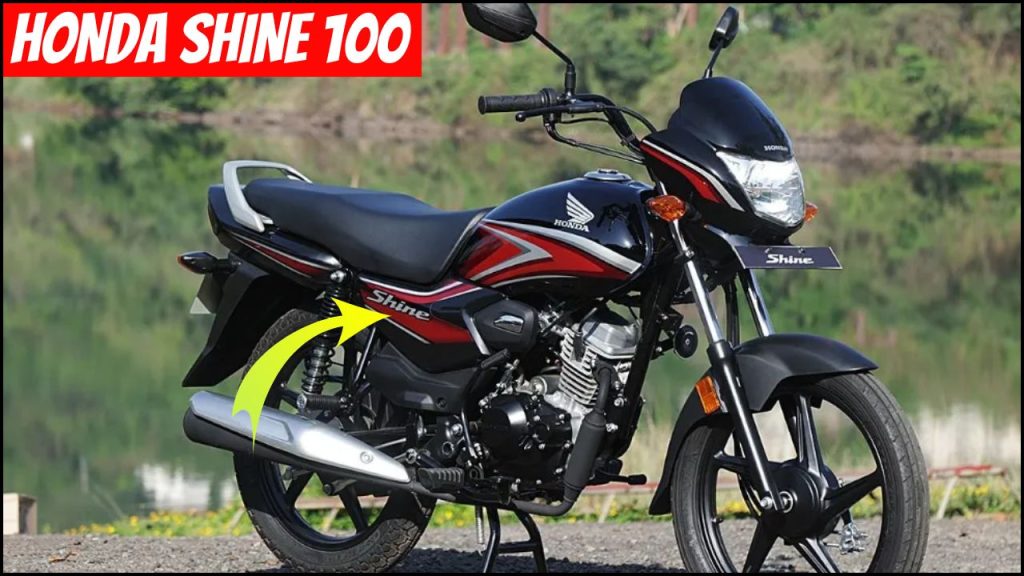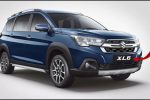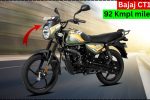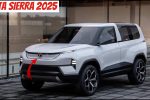
In the competitive Indian two-wheeler market, Honda has made a significant move with the introduction of the Honda Shine 100. Aiming at the highly contested entry-level motorcycle segment, this new offering from Honda Motorcycle and Scooter India (HMSI) positions itself as the ultimate contender in the mileage wars that often determine success in value-conscious markets.
The Honda Shine 100 enters a battlefield where every kilometer per liter matters to consumers who use these vehicles for daily commuting across India’s diverse terrain and traffic conditions. While Honda’s Activa scooter line has dominated the automatic segment for over two decades, the Shine 100 represents the company’s focused strategy to strengthen its position in the commuter motorcycle category, where rivals have traditionally held stronger positions.
Strategic Market Positioning: Economy Meets Reliability
Understanding the Shine 100 requires appreciating its strategic context within Honda’s product portfolio and the broader Indian motorcycle landscape. Unlike the premium positioning of its 125cc namesake (the Honda Shine 125), the Shine 100 has been engineered specifically to address the most price-sensitive segment of the market, where fuel efficiency reigns supreme.
The timing of the Shine 100’s introduction is particularly strategic, coming at a juncture when rising fuel costs have heightened consumer focus on running expenses. By emphasizing class-leading mileage as its core selling proposition, Honda directly addresses the primary concern of its target demographic – the daily commuter for whom transportation costs represent a significant portion of monthly expenditures.
This strategic positioning reflects Honda’s recognition that capturing the entry-level segment requires more than just a competitive purchase price – it demands a comprehensive approach to total ownership costs where fuel efficiency plays a decisive role.
Engineering Excellence: The Foundation of Efficiency
At the heart of the Shine 100’s mileage credentials lies Honda’s meticulous approach to engineering efficiency. The motorcycle features a newly developed 100cc air-cooled, single-cylinder engine that incorporates Honda’s Enhanced Smart Power (eSP) technology. This powertrain has been specifically optimized for maximum fuel economy without compromising the reliability that Honda products are known for.
The engineering team has focused on reducing friction throughout the engine, implementing advanced materials and precision manufacturing to minimize energy losses. The combustion chamber design has been refined to ensure optimal fuel utilization, while the ignition timing and fuel delivery systems have been calibrated to maximize efficiency across typical riding conditions encountered in Indian usage patterns.
Beyond the engine, the Shine 100’s overall weight management strategy contributes significantly to its efficiency credentials. Through strategic material selection and structural optimization, Honda has developed a lightweight yet durable chassis that reduces the energy required for acceleration and maintains momentum more effectively, both critical factors in achieving superior real-world mileage figures.
Practical Innovation: Features That Matter
Rather than implementing technology for its own sake, the Shine 100 adopts a carefully curated approach that prioritizes features offering tangible benefits while maintaining competitive pricing. The motorcycle comes equipped with a combi-brake system (CBS) that enhances safety by distributing braking force optimally between front and rear wheels – a practical innovation that addresses real-world riding conditions.
The instrument cluster provides essential information like fuel level, trip statistics, and service indicators in a straightforward, legible format that remains accessible to riders across age groups and technical comfort levels. This pragmatic approach to instrumentation reflects Honda’s understanding of its target audience, who value clear, useful information over flashy displays.
Maintenance-friendly design features prominently throughout the motorcycle, with easy access to service points and standardized components that ensure parts availability and affordable service costs throughout the ownership cycle – factors that contribute significantly to the overall economic proposition beyond mere fuel efficiency.
Ownership Experience: Beyond the Purchase
The Shine 100’s value proposition extends well beyond its impressive mileage figures to encompass Honda’s comprehensive approach to the ownership experience. The company has structured the maintenance schedule to reduce frequency without compromising reliability, with service intervals that minimize downtime and costs for owners who depend on their vehicles for daily transportation.
Honda’s extensive service network, with touchpoints across urban centers and smaller towns alike, ensures accessibility even in areas where alternative options might be limited. This infrastructure advantage translates to peace of mind for owners, particularly those in smaller cities and rural areas where service support can be as important as the product itself.
The warranty package provides coverage that enhances the ownership proposition beyond the initial purchase consideration. This extended protection acknowledges the reality that many buyers in this segment plan for long-term ownership rather than frequent replacement, making durability assurance a significant value factor in the purchase decision.
Market Impact: Challenging the Status Quo
The introduction of the Shine 100 represents a direct challenge to established players in the entry-level motorcycle segment, where brands like Hero and Bajaj have traditionally maintained stronger positions than Honda. By bringing its engineering expertise and reliability reputation to a price point previously dominated by these competitors, Honda signals its intention to capture a larger share of India’s volume-driven motorcycle market.
For consumers, this competitive intensification promises benefits beyond just product improvements. As manufacturers vie for supremacy in the mileage wars, the resulting innovations in efficiency technology will likely accelerate across the industry, potentially establishing new benchmarks for what consumers can expect from entry-level motorcycles.
Looking Forward: Evolution in a Changing Market
As India’s two-wheeler market navigates increasing regulatory focus on emissions standards and the gradual transition toward electrification, the Shine 100 represents Honda’s strategic bridge between current market realities and future possibilities. Its focus on maximizing efficiency from conventional internal combustion technology reflects a pragmatic recognition of infrastructure limitations and cost considerations that still make traditional powertrains the most practical solution for many Indian consumers.
While future iterations will undoubtedly incorporate increasing levels of technology, the Shine 100’s fundamental proposition – reliable, efficient personal mobility that minimizes running costs – establishes a foundation that will remain relevant regardless of the specific technologies that power tomorrow’s commuter vehicles.
By delivering class-leading efficiency today while building the brand equity and market position to navigate tomorrow’s transitions, the Honda Shine 100 represents not merely another model launch but a strategic move in Honda’s long-term approach to India’s evolving mobility landscape.

Katherine Johnson is a passionate writer with a keen interest in storytelling, content creation, and creative expression. She enjoys exploring diverse topics and crafting engaging narratives that captivate readers.



